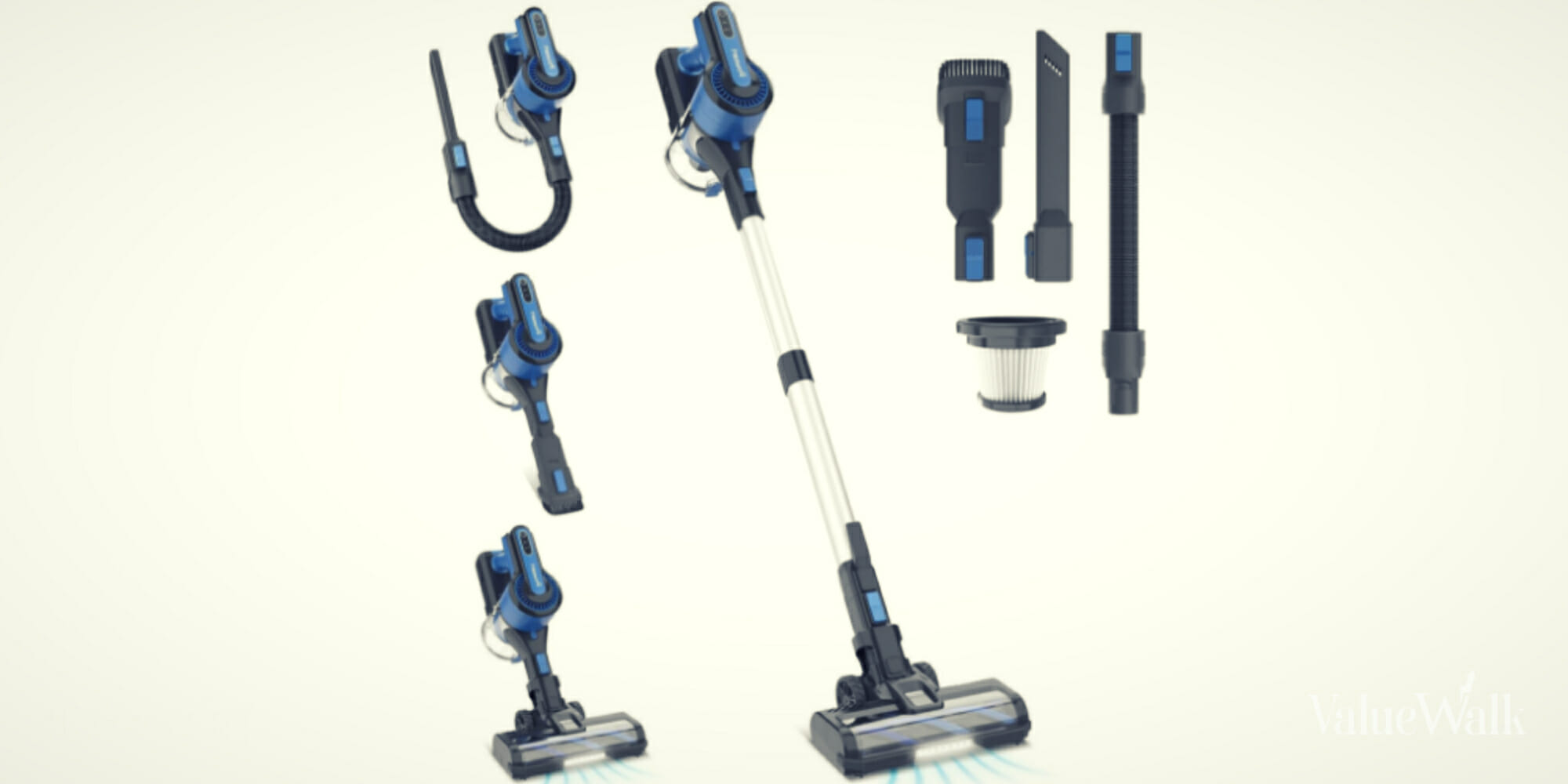If you’re still undecided as to whether upgrading from Windows 7 or 8 is for you, I have to tell you that the Windows 10 clock is ticking. If you don’t already know, the chance to get your free upgrade to Windows 10 will cease on July the 29th. And after that it will cost you $119 to get it, so the time to upgrade is now, before it’s too late!
- Your desktop or laptop must meet the minimum system requirements for Windows 10.
To do this your system must have the following minimum specifications. It will need 1Ghz CPU, 1GB (32-bit) or alternatively 2GB of RAM (64-bit). Also it will need at least 16GB (32-bit) or 20GB (64-bit) of free hard drive space. Plus a DirectX 9-compatible graphics card with a WDDM driver.
- Next, your system must be running either Windows 7, Windows 8 or Windows 8.1. You can check this by going to the Microsoft website.
- Also the version of Windows on your system, must be the latest version. To update Windows 7, go to Start > Control Panel > System and Security > Windows Update. To update Windows 8 or Windows 8.1, go to Start > PC Settings > Update and recovery > Windows Update.
- Next and this is extremely important, you should back up all of the data on your computer.
How to Upgrade to Windows 10 Now
- Head over to the Windows 10 download page. When looking at the top of the page you will see a button that says “Upgrade Now”. Click the button and download the Windows 10 software.
- Next, double click the Windows 10 software to start it running. You should now see a user account control (UAC) pop up window. This will be asking you if you want to allow this program to make changes to your computer. Click OK!
- The software will now start to download Windows 10, this process is a walk through similar found on older Windows installations. You should be extremely patient at this point as your computer will likely restart multiple times during the process.
And once you’ve had the patience to wait for Windows 10 to install and followed all of the on-screen instructions, you are free to start using Microsoft’s latest OS. However, should you try it and discover that you don’t like it, you have 30-days from installing Windows 10 to be able to roll back your installation and use your previous version of Windows again!





